WARNING ! The padel not to be confused with paddleboarding ...
This name often refers for a large majority of French stand-up paddle, a sport that is practiced with a large surfboard and a paddle on the water.
Le padel in reality is a condensed ending of several racket sports, tennis and squash in particular.
Le padel in a few words
It is played in doubles with rackets without rope but consists of a compact foam with many materials such as carbon, kevlar or graphite. The balls are very similar to tennis and different simply in terms of pressurization. The land is twenty meters long and ten meters wide.
It is cloistered by plexiglass walls three meters high by the width, surmounted by a grid of one meter. There is a fence two meters high along the length of the land and the access doors are in the middle. The rules of the game are very close to those of tennis.
The origins of padel
The origin of Padel dates back to the XNUMXth century according to different versions of its history. In order to entertain the passengers of English ships, a sporting activity was proposed which consisted of hitting a ball against the walls of the ship with oars. In the basement, the boat being partitioned and with a reduced space, it is in this spirit that the conception of Paddle Tennis and that of Platform Tennis was born.
Paddle Tennis is developing in the United States from 1898 where Franck Beal uses it to facilitate the learning of tennis for the youngest. It spreads very quickly in the area and especially in the neighborhoods.
In parallel a few years later, two Americans Freseddenn Blanchardy and James Cogswell modify some rules and allow the practice of sport in winter. It is the birth of the Tennis Platform which is democratized among wealthy people. The latter is getting closer and closer to the Padel current, both in terms of the structure of the field, the playing material, and the format of the matches. Some even consider Blanchardy and Cogswell to be its pioneers.
For FIP, it's Acapulco
However, the International Federation of Padel believes that the padel practiced today appeared in Acapulco, Mexico in 1969. At that time, Enrique Corcuera had a small tennis court built on his property, which he closed with walls.
Some time later in 1974, Alfonso de Hohenlohe friend of Corcuera, becomes a fan of this new sport and decides to export it to Spain. This marks the start of the success of the padel which is developing very rapidly in all Spanish-speaking countries in particular.
A sport that is becoming international
Le padel has long been a sport played only in Latin America and Spain. However, it is gradually developing in the rest of Europe in recent years.
Today, even if it is difficult to know the exact number of sportsmen in the world, it is easy to say that the country that counts the most is Spain. Indeed, even if its explosion was not immediate, there was a sharp increase in the number of installations, practitioners and licensees in the 90 years.
The Spanish Federation of Padel was therefore created in 1997 to supervise and regulate the practice. Twenty years later, ahead of tennis and behind football and basketball, the padel is one of the most practiced sports in the country, with an estimated 4 million padelregular eros ...
It is especially in Spain that the competitions of the World Padel Tour, the professional circuit of padel.
Franck Binisti discovers the padel at the Club des Pyramides in 2009 in the Paris region. Since padel is part of his life. You often see him touring France going to cover the major events of padel French.




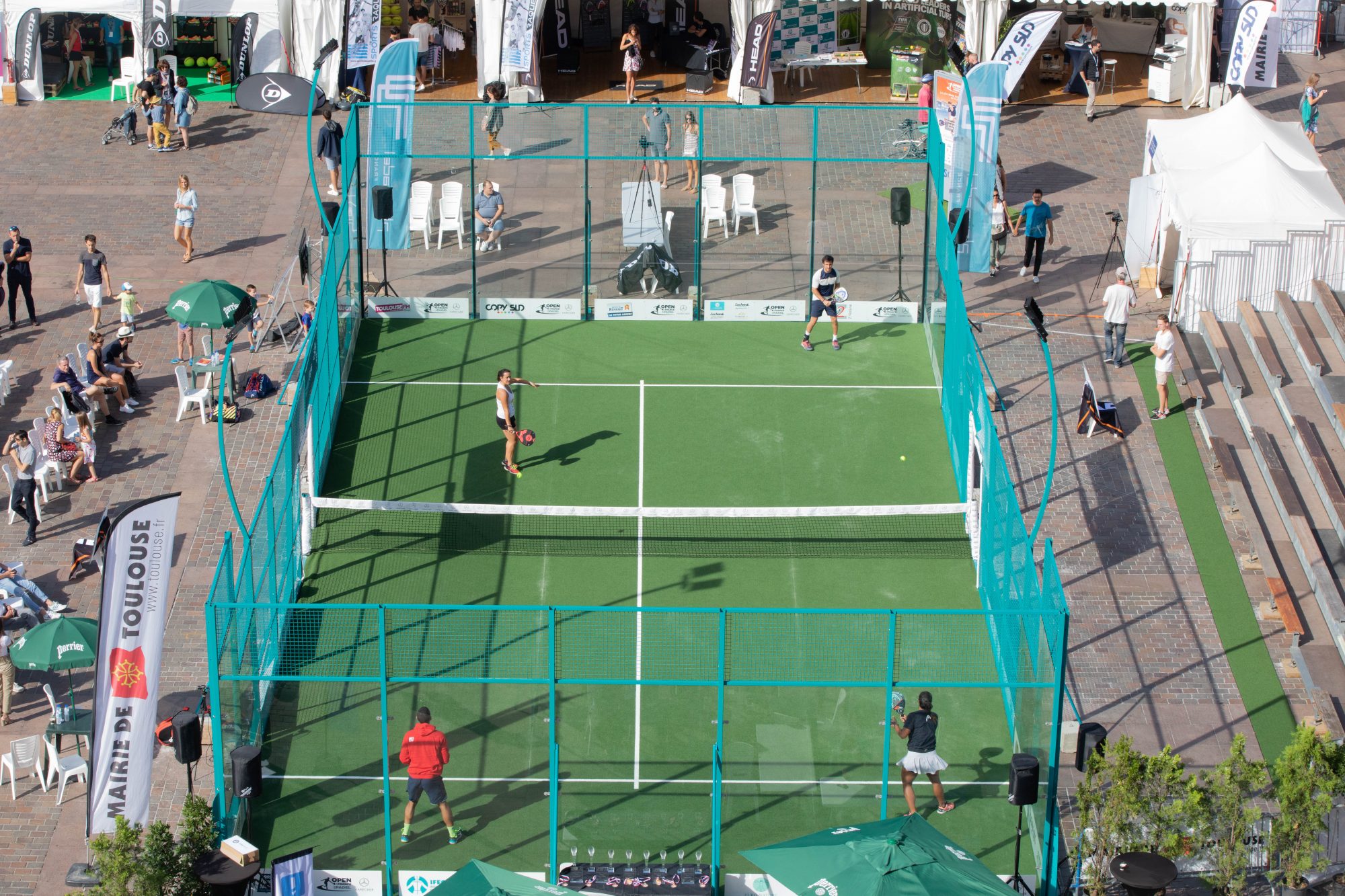
































































































 Business plan padel : the 5 key points
Business plan padel : the 5 key points Premier Padel Sevilla P2 – Libaak and Augsburger eliminate Nieto / Sanz in just over an hour!
Premier Padel Sevilla P2 – Libaak and Augsburger eliminate Nieto / Sanz in just over an hour! Premier Padel Sevilla P2 – Despite the rain, Bela and Tello win their first match together!
Premier Padel Sevilla P2 – Despite the rain, Bela and Tello win their first match together!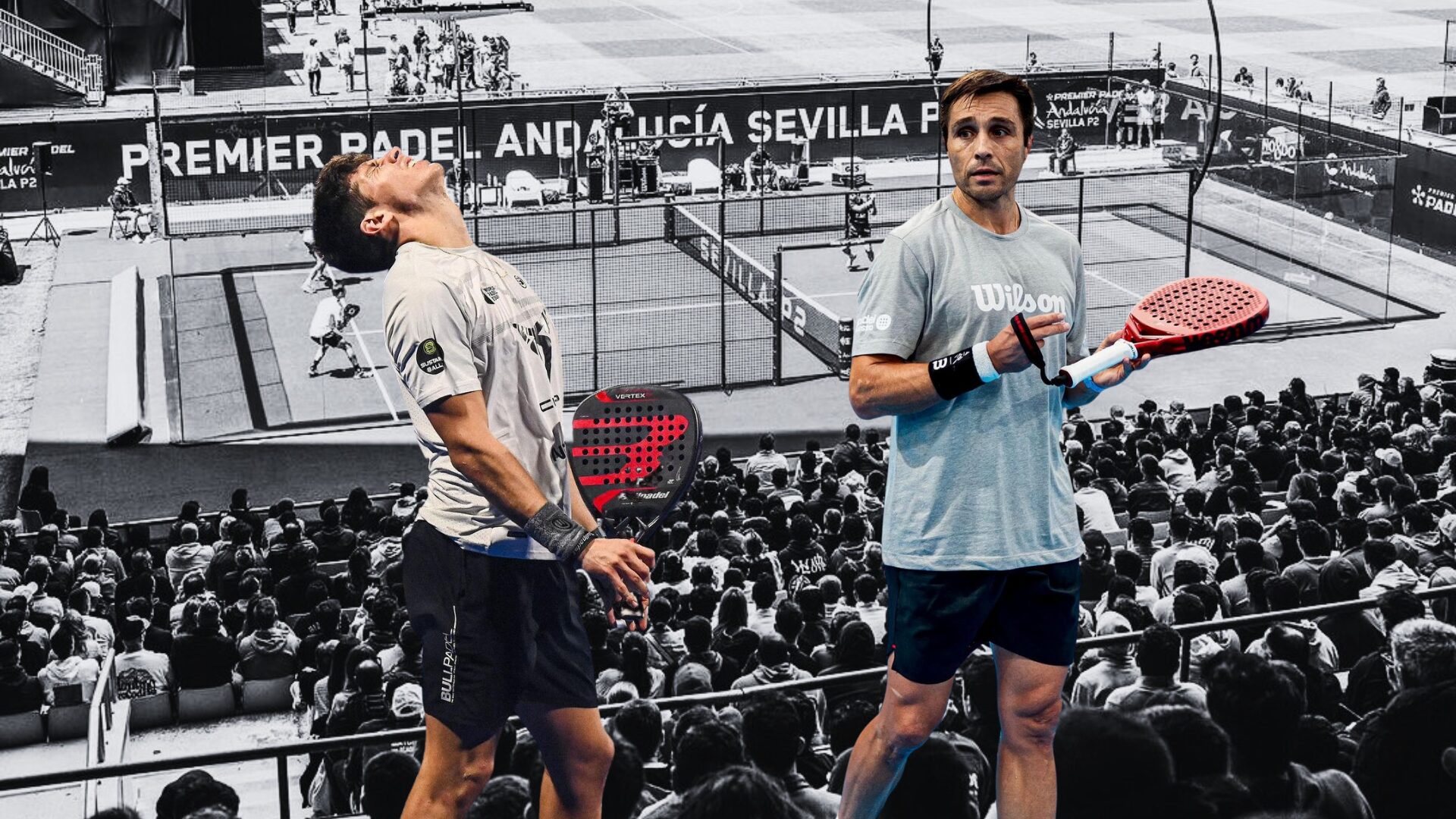 Premier Padel Sevilla Open – The rain prevents Bela and Tello from finishing the work…
Premier Padel Sevilla Open – The rain prevents Bela and Tello from finishing the work…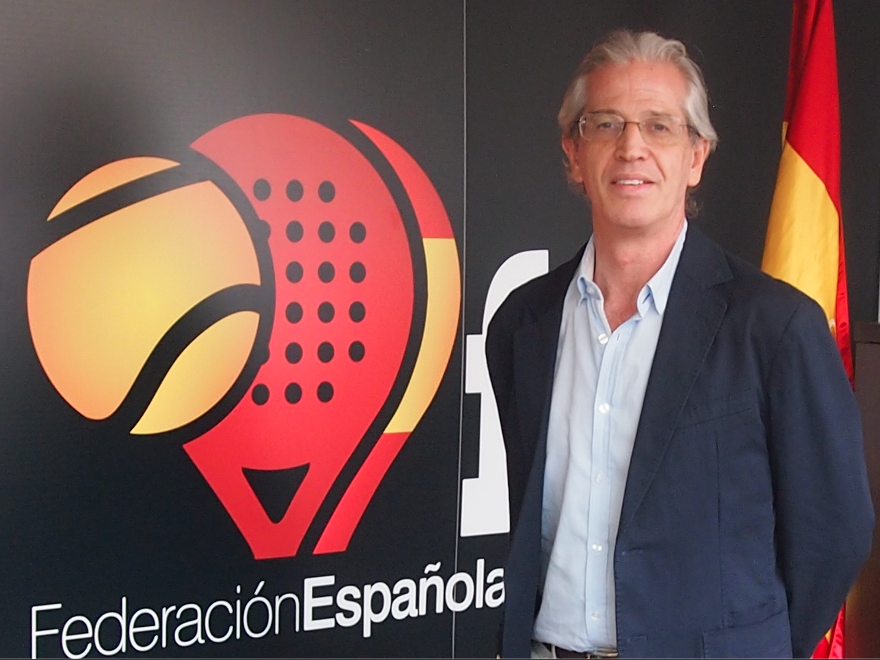 Ramón Morcillo: “I was surprised by France”
Ramón Morcillo: “I was surprised by France” Guillaume Codron: “South Padel, a family project”
Guillaume Codron: “South Padel, a family project” Nallé Grinda: “Democratize the padel in the USA with PadelX "
Nallé Grinda: “Democratize the padel in the USA with PadelX " Simon Boissé: “We know that there are two nations in front of us”
Simon Boissé: “We know that there are two nations in front of us”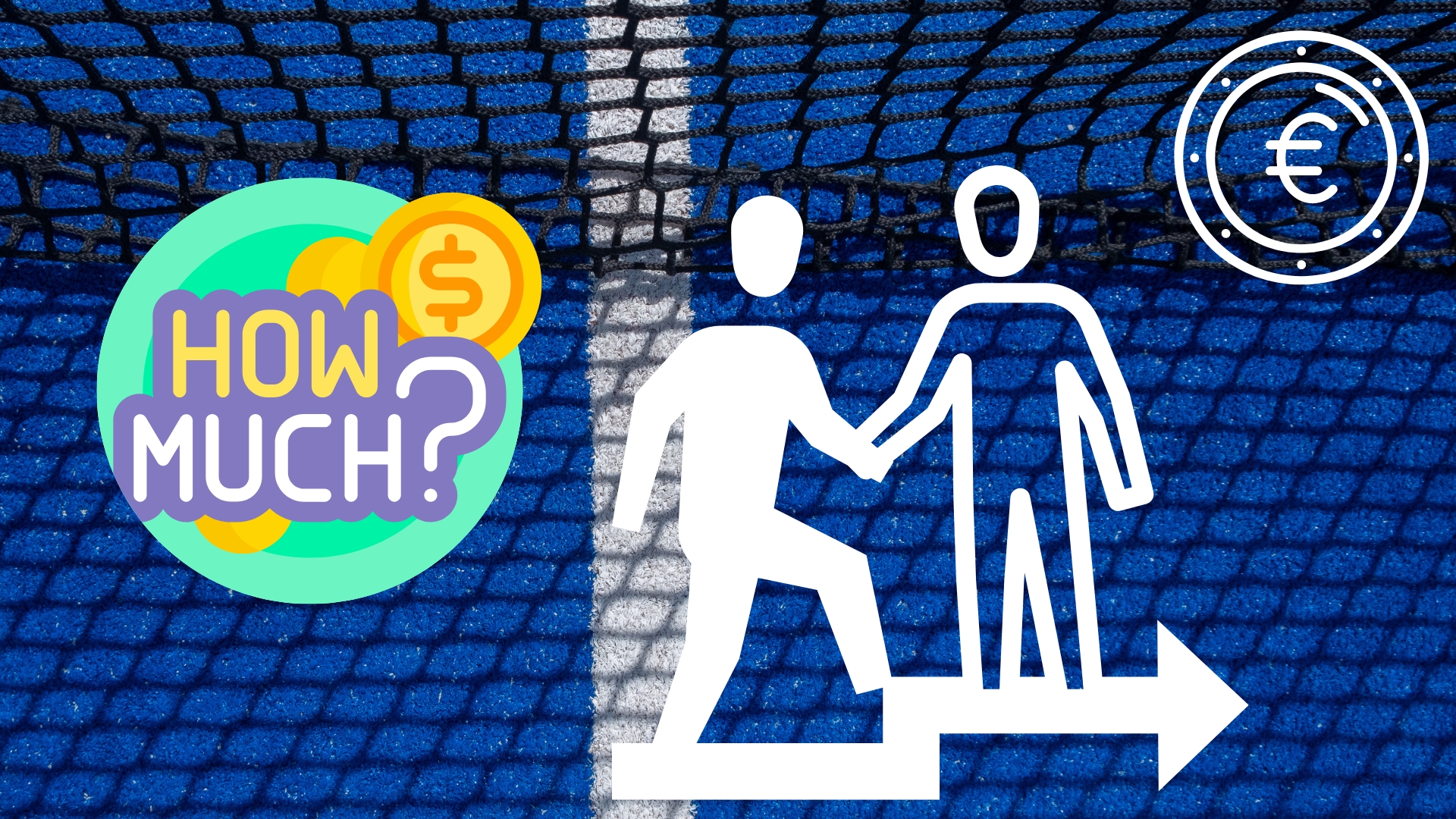 How much does it cost to play with a pro or a coach in a tournament?
How much does it cost to play with a pro or a coach in a tournament? TeamUp! Talents welcomes a new partner: Padel MagTV
TeamUp! Talents welcomes a new partner: Padel MagTV Betclic Remontada Padel : an initiation planned at the foot of the Eiffel Tower
Betclic Remontada Padel : an initiation planned at the foot of the Eiffel Tower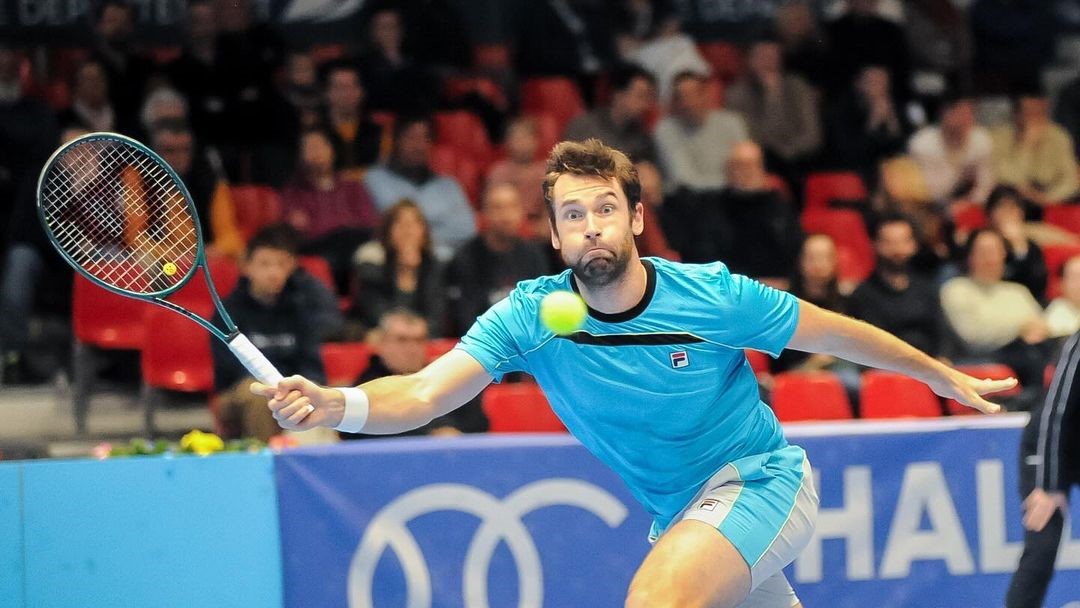 Quentin Halys takes a break with a P250 title
Quentin Halys takes a break with a P250 title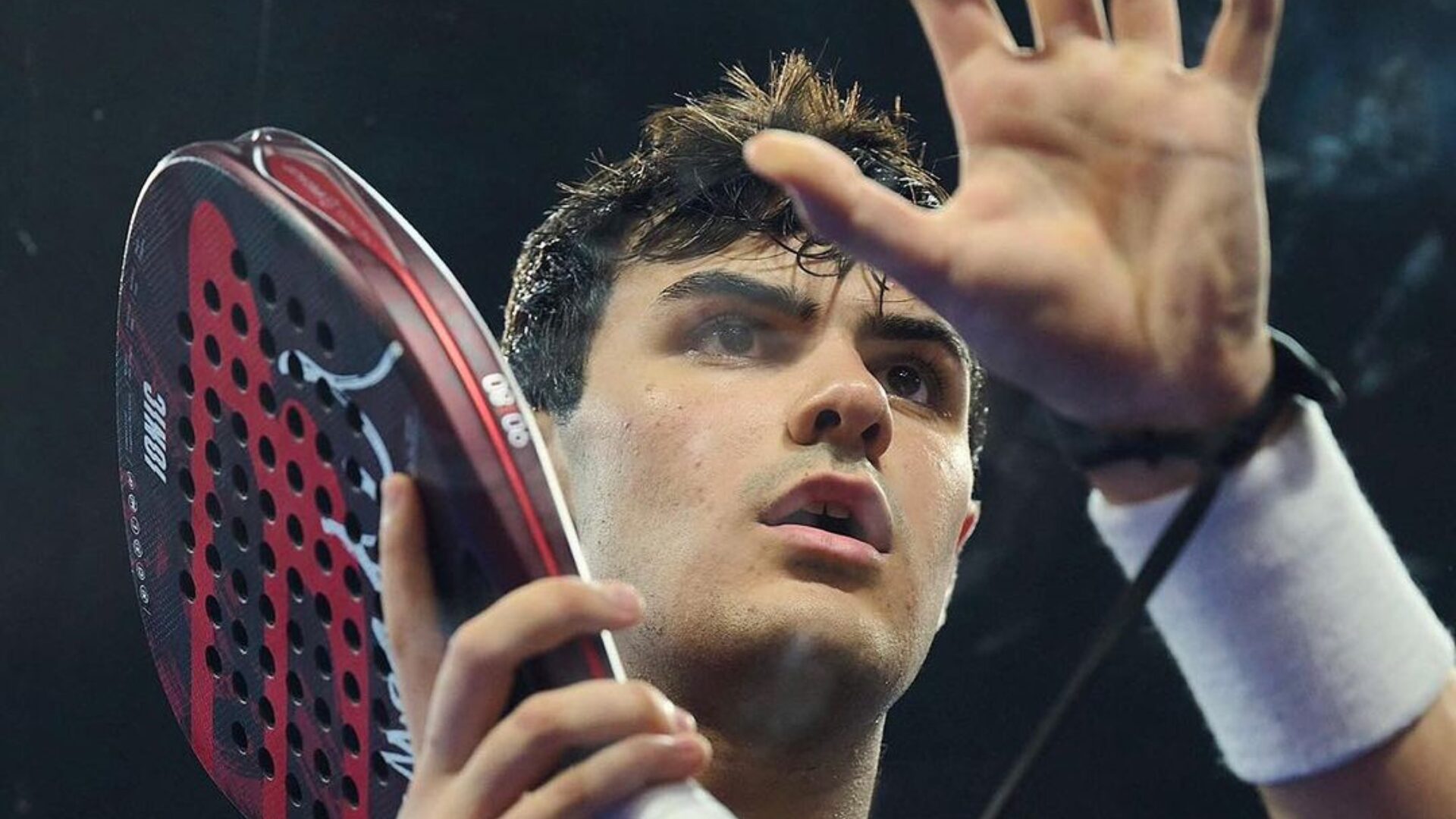 Pablo Cardona, a very big future?
Pablo Cardona, a very big future? Pro Padel League: update on the ranking after the first two stages
Pro Padel League: update on the ranking after the first two stages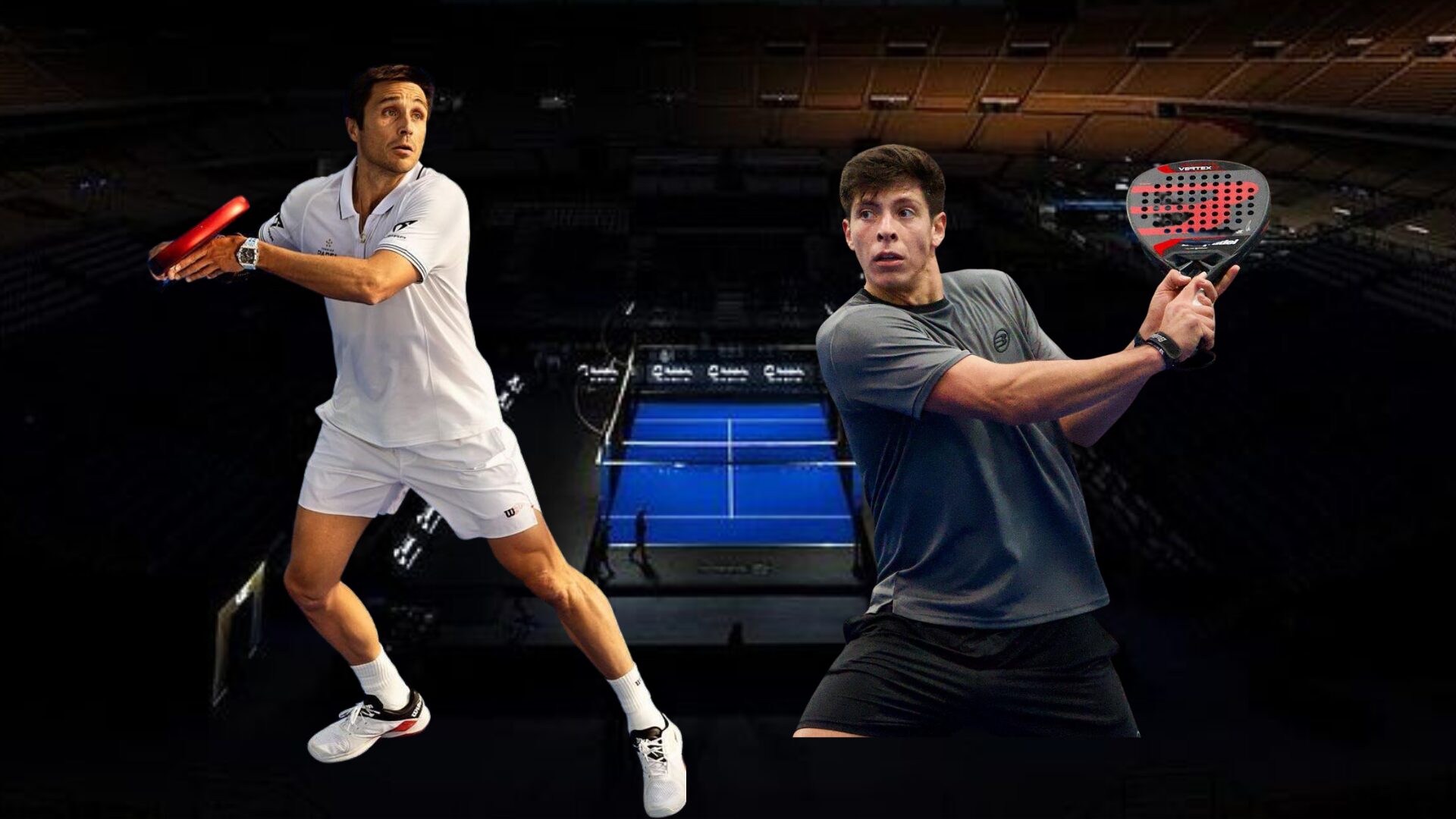 Where and when to see the very first match of the Belasteguin / Tello pair?
Where and when to see the very first match of the Belasteguin / Tello pair?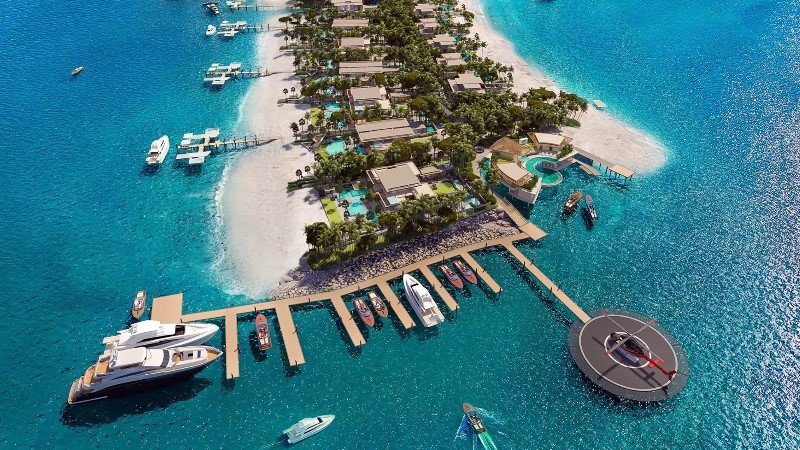 Ultra-luxurious residences with ski slopes padel floating in Dubai
Ultra-luxurious residences with ski slopes padel floating in Dubai José Manuel Escin at the inauguration of Casa Padel DOS: “Finally, and thank you!”
José Manuel Escin at the inauguration of Casa Padel DOS: “Finally, and thank you!” Padel Score comes to Tahiti for American Express Padel Cup!
Padel Score comes to Tahiti for American Express Padel Cup! Brussels Premier Padel P2 – the final in stats
Brussels Premier Padel P2 – the final in stats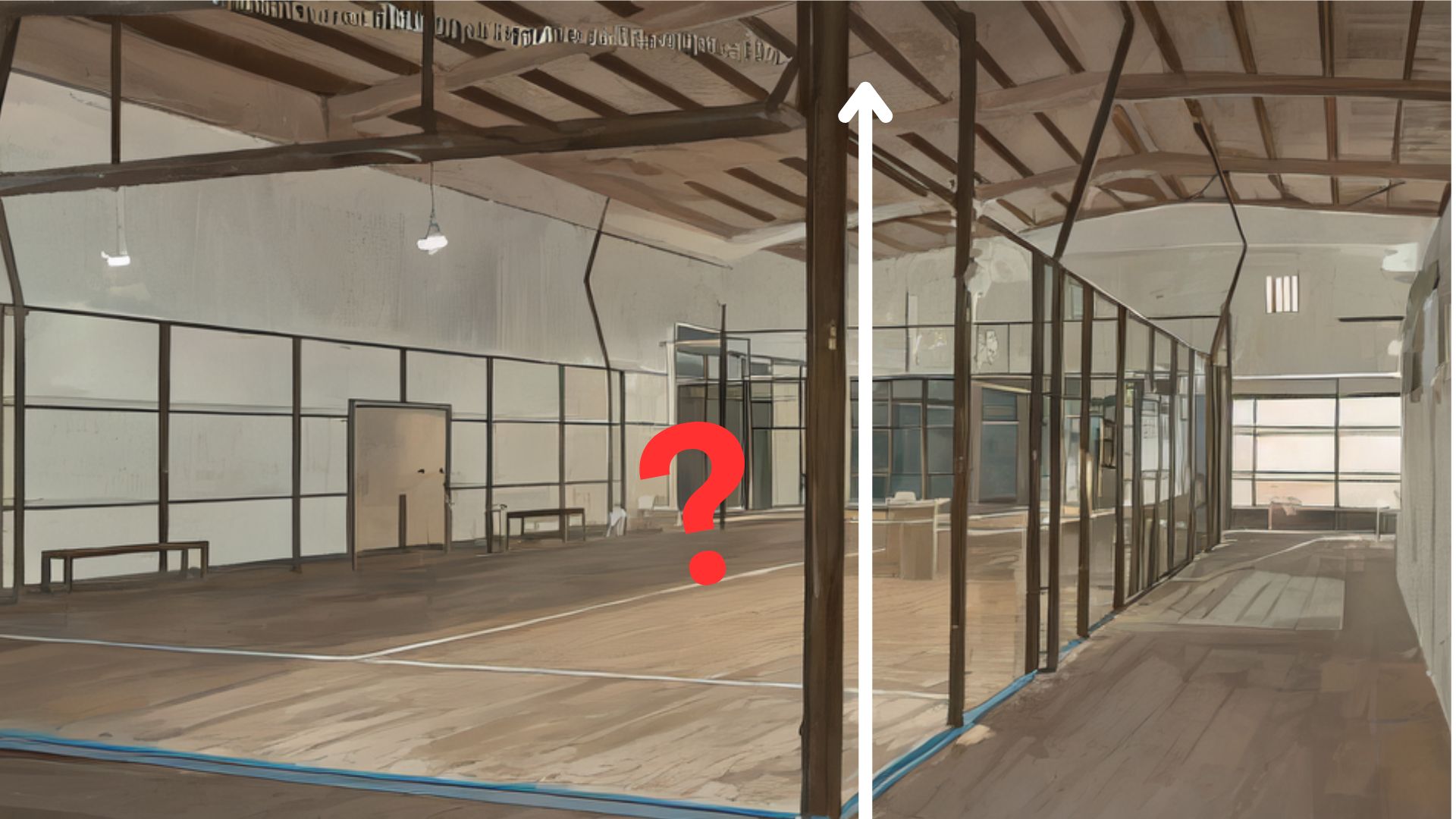 Find out everything about the dimensions of a plot of land padel
Find out everything about the dimensions of a plot of land padel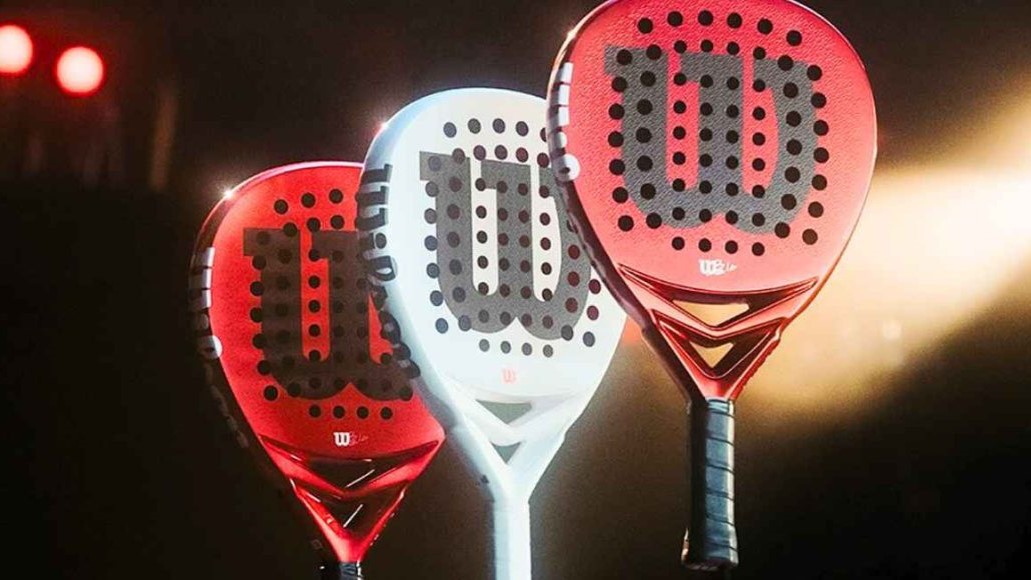 Presentation of the Wilson Bela V2.5 collection
Presentation of the Wilson Bela V2.5 collection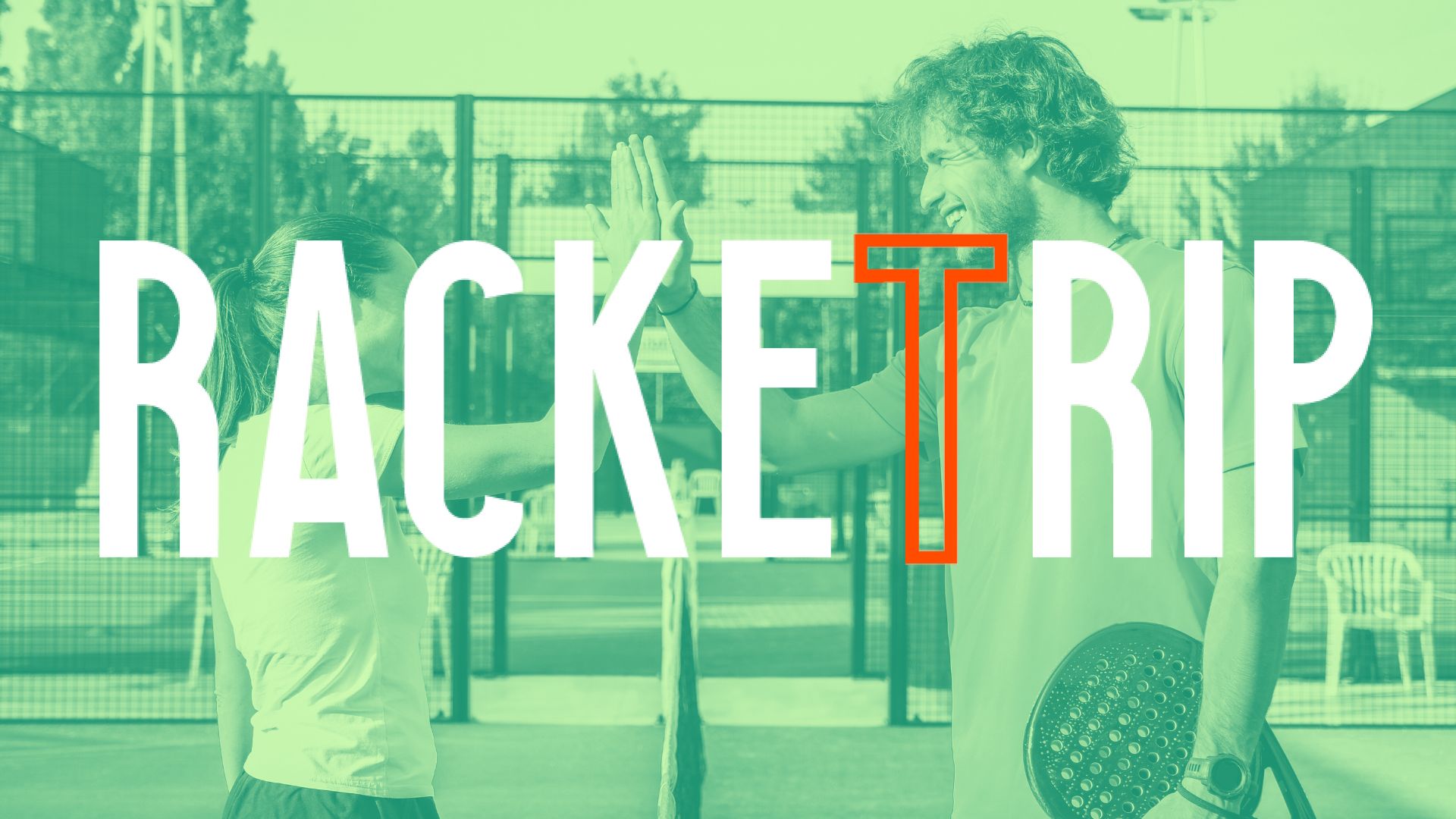 The LinkedIn of racquet sports: Racket Trip
The LinkedIn of racquet sports: Racket Trip At the heart of padel – Episode 25: Paul and Andoni answer your questions
At the heart of padel – Episode 25: Paul and Andoni answer your questions At the heart of padel – Episode 23: defend the window well
At the heart of padel – Episode 23: defend the window well Prohibition on playing topless Padel : the reasons
Prohibition on playing topless Padel : the reasons FIP Tour – Going far from Europe, THE strategy to earn points!
FIP Tour – Going far from Europe, THE strategy to earn points! What is a good football player? padel ?
What is a good football player? padel ? “Lefties give me headaches when I play against them!”
“Lefties give me headaches when I play against them!” At the heart of padel – Episode 14: how to earn points in winter?
At the heart of padel – Episode 14: how to earn points in winter? The basic tactics of padel
The basic tactics of padel A par 4 is always a winner...even if you manage to defend it!
A par 4 is always a winner...even if you manage to defend it! Carbon fiber VS fiberglass: what to choose?
Carbon fiber VS fiberglass: what to choose? How to effectively test a racket padel ?
How to effectively test a racket padel ? La padel to fight Parkinson's disease
La padel to fight Parkinson's disease Don't play with a cracked or broken racket, your body will thank you!
Don't play with a cracked or broken racket, your body will thank you! Michel Cymes: “The padel, physically, it’s serious!”
Michel Cymes: “The padel, physically, it’s serious!” Our Top 10 training courses padel in France and Europe
Our Top 10 training courses padel in France and Europe Jeremy Gala: “Promote the padel among young people in Belgium remains a challenge”
Jeremy Gala: “Promote the padel among young people in Belgium remains a challenge” The French Touch Academy organizes its selection day Padel-Study
The French Touch Academy organizes its selection day Padel-Study Report on the detection and training of younger generations
Report on the detection and training of younger generations